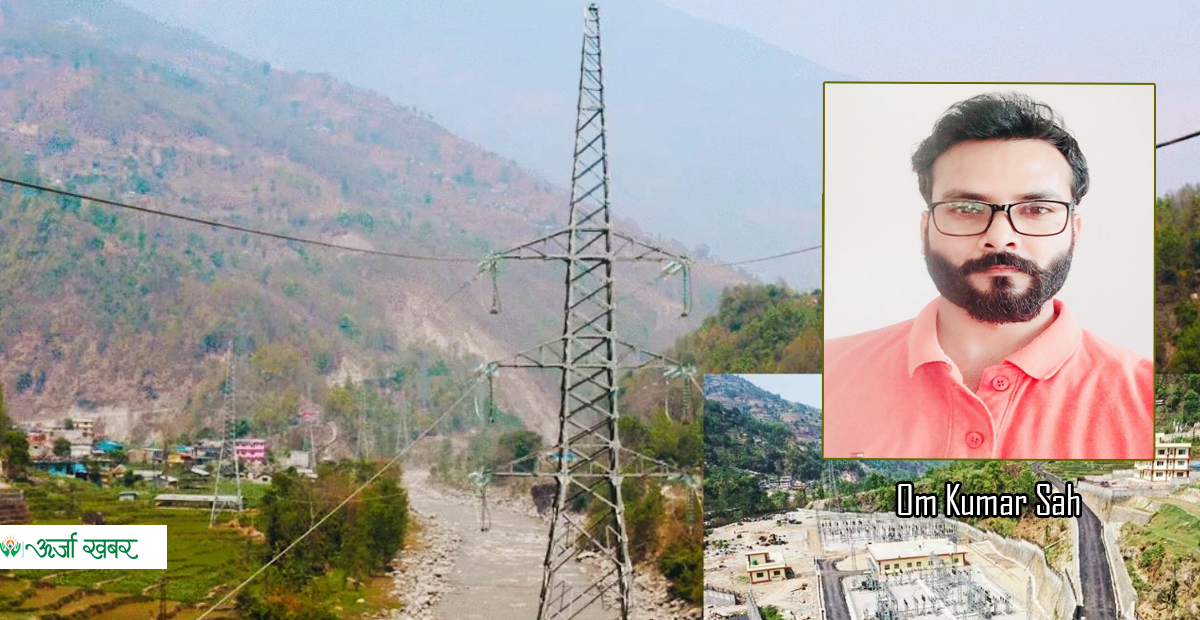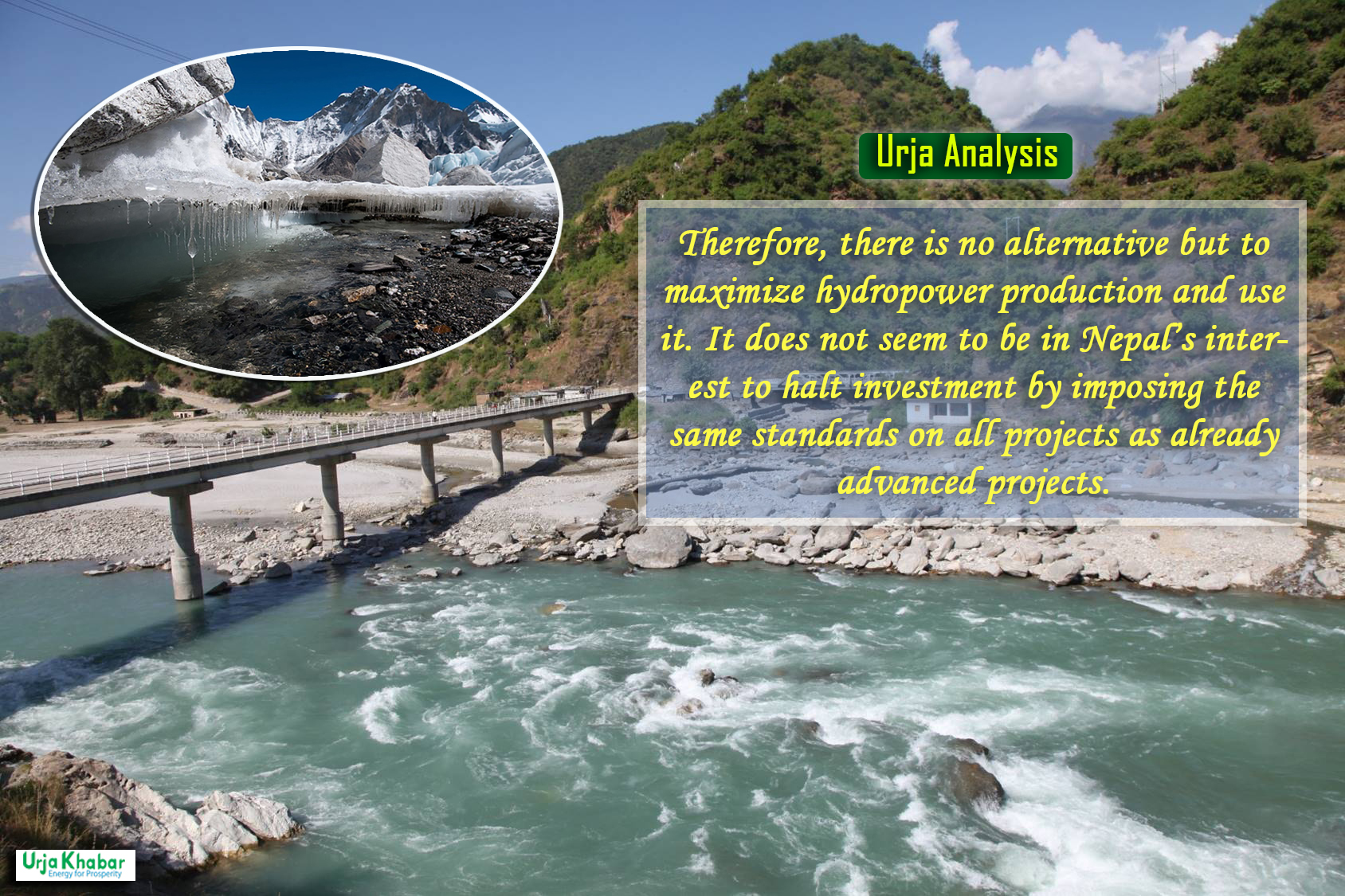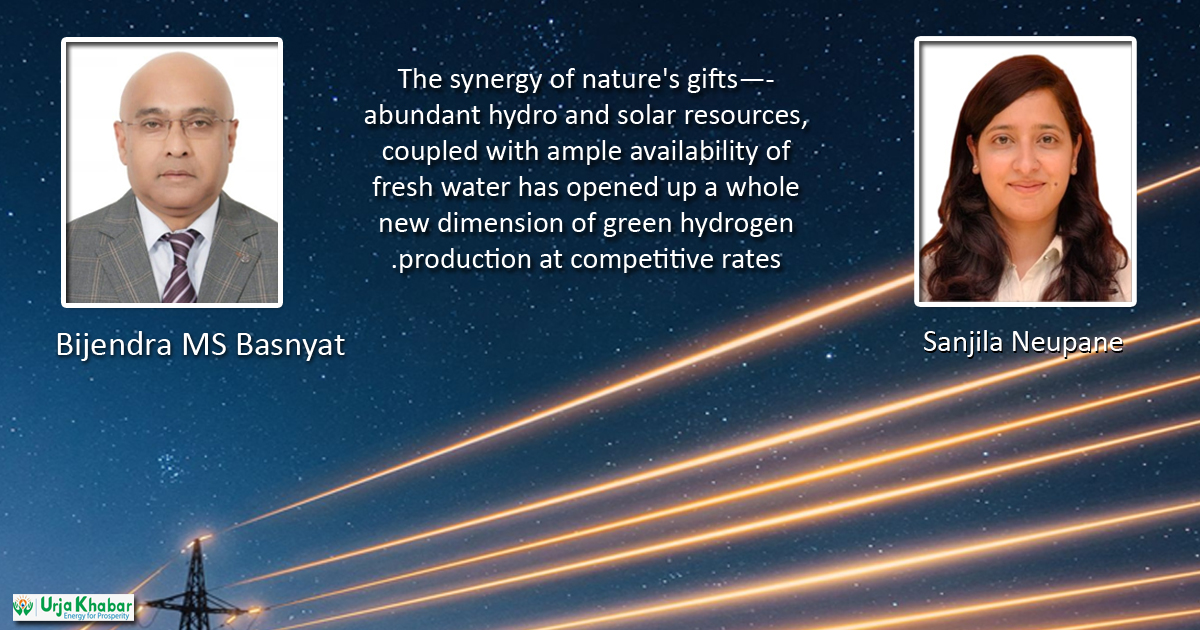Energy Update
Nepal Experience of Power Trade Agreement: Failures led to Success

Kathmandu; Nepal and India share almost 6 decades of bilateral transaction of electricity although records of such transaction are available since 1970 AD only. There are no proper records for about a decade prior to 1970 AD. Despite the abundance of potential for hydro power in the country, the transaction remained unidirectional due to lack of proper planning and its implementation and Nepal kept importing power from India. Though, it has been almost three decades since Nepal started exploring export of electricity to India but still most Nepalese doubt that Nepal will be able to export electricity in large volumes.
History of Power Trading Agreement with India

First elected government after the popular movement of 1990 was led by Gririja Prasad Koirala as Prime Minister But this government could not survive its full term as Girija Prasad Koirala dissolved the parliament and declared mid-term polls. After the mid-term polls UML party emerged as largest party without majority and formed minority government led by its leader Man Mohan Adhikari. Idea of a Power Trade Agreement between Nepal and India was floated by this government.
On April 6, 1995 Minister for Water Resources Mr. Hari Prasad Pandey of this government gave approval to authorities of the ministry to draft the Power Trade Agreement and initiate process its implementation. This was the time when parallel discussions on Mahakali Integrated Treaty and Power Trade Agreement were ongoing between Nepal and India.

The draft of Power Trade Agreement prepared during Mr. Hari Prasad Pandey’s ministerial term was initiated by Dr. Dwarikanath Dhungel, Secretary Ministry of Water Resources His Majesty’s Government of Nepal and his Indian counterpart Mr. P. Abraham on February 17, 1996 which was finally signed later by Mr. Rajiv Parajuli, Minister of State for Water Resources His Majesty’s Government of Nepal and Dr. S. Venugopalachari, Minister of State for Power, Government of India on June 5, 1997.
Article 8 of this Electric Power Trade Agreement required it to be ratified but it could not be presented in the Nepalese parliament for ratification as there was a debate in Nepal that Power Trade Agreement was kind of sharing of natural resources and required two third majority in the parliament for its ratification. Ultimately the signed agreement became void in absence of exchange of notes of ratification by respective parties.
Experience of Failures
Attempts of Power Trade Agreement between Nepal and India suffered three failures. First attempt was initiated 25 years back during Mr. Hari Prasad Pandey’s ministerial period could not be materialized. The Electric power Trade Agreement signed in 1997 could not even be tabled in the Nepalese parliament due to domestic politics.
The then constitution required two third majority in the parliament for the ratification of an agreement or treaty involving sharing of natural resources of the country and unfortunately the Electric Power Trade Agreement was linked with this provision of the constitution.
Electric Power Trade Agreement should have been understood as an extension of Trade and Transit Treaty as it is transaction of finished product electricity instead of any natural resource. Negative impact of not ratifying this Agreement was realized soon when Nepal became power surplus country immediately after commissioning of Kali Gandaki-A Hydropower project in 2002AD and Nepal wished to export the surplus power.
Generation expansion was almost on halt after 2002 and the surplus situation remained until 2007/8 only. Severe supply deficit after 2008/9 was apparent in 2007 itself. Nepal again started importing after 2008 under the bilateral instrument of Power Exchange Committee. Any deficit after this import was managed through load shedding. There was negligible generation capacity addition during the period from 2002 to 2010 and obviously country faced the unpleasant load shedding.
For immediate relief from load shedding, Nepal explored diplomatic channels to reinforce the existing cross border infrastructure to import more from India. We must appreciate that India helped by reinforcing many medium voltage cross border lines to enhance the level of power transaction from 50 MW to above 200 MW. Indian Foreign Ministry allocated special budget for these reinforcements.
Indian import policy 2009 -2014 declared electricity as imported restricted item making import of electricity by Indian entities or export by entities of neighboring countries including Nepal very difficult. But Nepal was not directly affected by this policy as Nepal did not have surplus power to export until 2021. But however, this Indian import policy discouraged investments in Nepal on generation projects targeting export to India.
Facing the severe load shedding, Nepal prepared Energy Crisis Mitigation Plan in 2010. The plan had short term, medium term and long term measures to minimize and manage the supply deficit.
Operating all generation plants at full capacity by necessary repair and maintenance was identified as short-term measure, reinforcing existing cross border lines for more imports as mid-term measure and accelerating the progress of under construction generation projects by giving them special incentives as well as construction of high capacity cross border line between Nepal and India as long-term measures.
As second attempt of Power Trade Agreement, Nepal prepared another draft of Power Trade Agreement in 2010 and sent it to India through diplomatic channels. India did not respond on this draft for four years and this second draft became void in absence of a response from India.
Very soon after Narendra Modi took over the Prime Minister’s Office in 2014, as third attempt of power Trade Agreement, Nepal received a complete new draft instead of making comments on the draft sent by Nepal earlier in 2010. The Indian draft was more of a cooperation agreement on development of hydropower in Nepal and its marketing in blanket. This Indian draft was not welcomed by Nepal as Nepal were not comfortable with a blanket cooperation agreement in the lines of Indo-Bhutan cooperation. Ultimately this Indian draft as third attempt also became void.
Power Trade Agreement Finally Concluded and Made Effective
Modi government, though not satisfied with Nepal’s Position, agreed to jointly draft and sign a Power Trade Agreement instead of Cooperation Agreement. Accordingly “Agreement between the Government of Nepal and the Government of the Republic of India on Electric Power Trade, Cross border Transmission Interconnection and Grid Connectivity” was drafted jointly and signed on October 21, 2014 by Mr. Rajendra Kishore Kshatri, Secretary Ministry of Energy, Government of Nepal and Mr. Pradeep Kumar Sinha, Secretary Ministry of Power, Government of India.
This Agreement has facilitated the completion of Dhalkebar-Muzaffarpur 400 kV double circuit cross border line, its operation in radial mode followed by synchronous operation with a part of Nepalese grid. Nepal has not only imported upto 850 MW in aggregate from India through this transmission line and other existing cross border transmission lines but made access in the Indian Energy Exchange to export the surplus power. Despite multiple failures we have success and have already started reaping the benefits. Efforts for larger benefits through regional connectivity and access to regional market are ongoing.
Conversation

Laxman Biyogi
Laxman Biyogi has been serving as the editor of Urja Khabar for the past seven years.
- Info. Dept. Reg. No. : 254/073/74
- Telephone : +977-1-5321303
- Email : [email protected]













